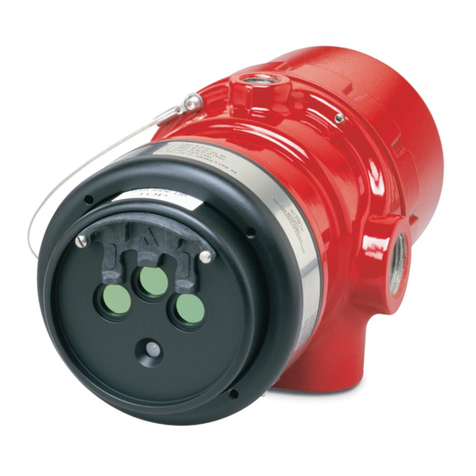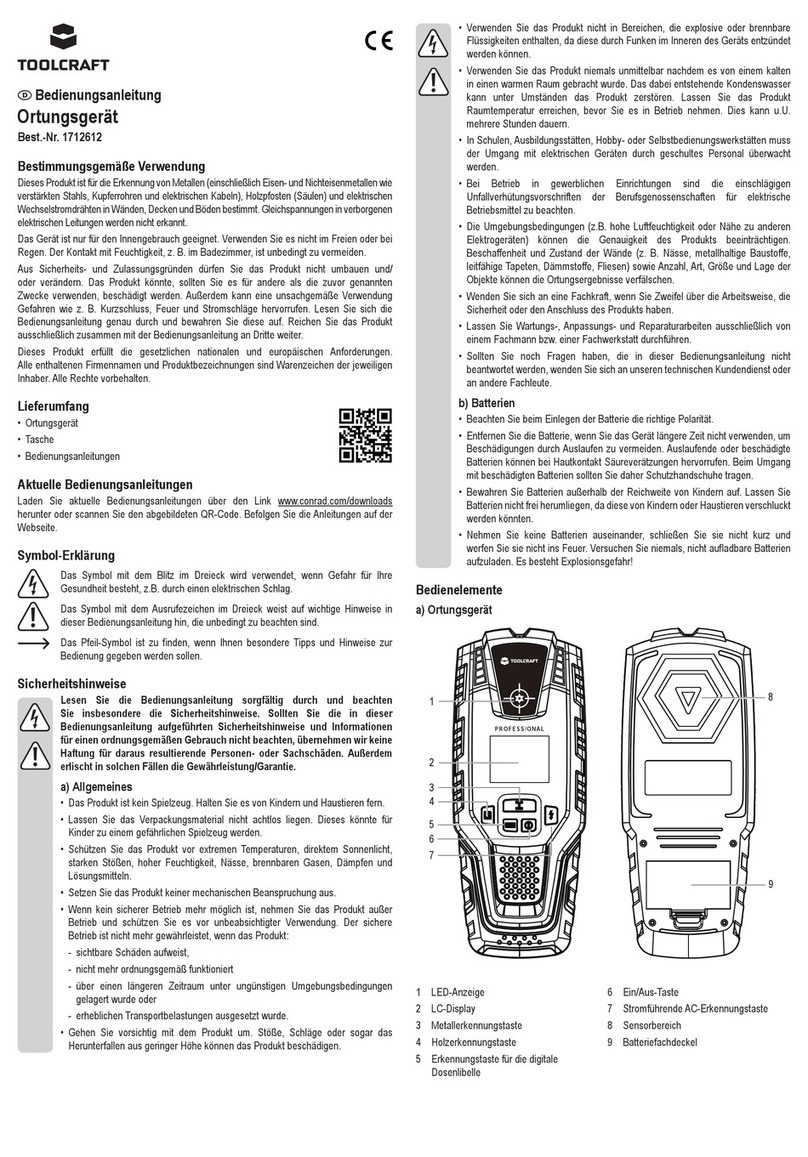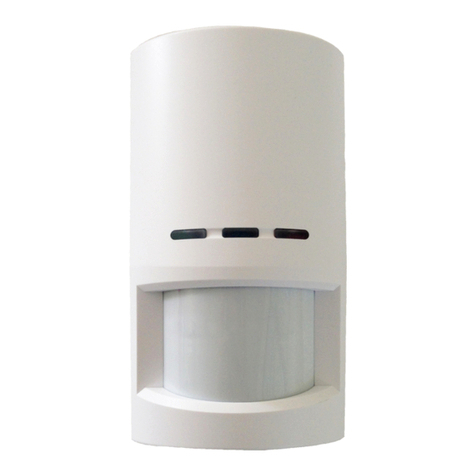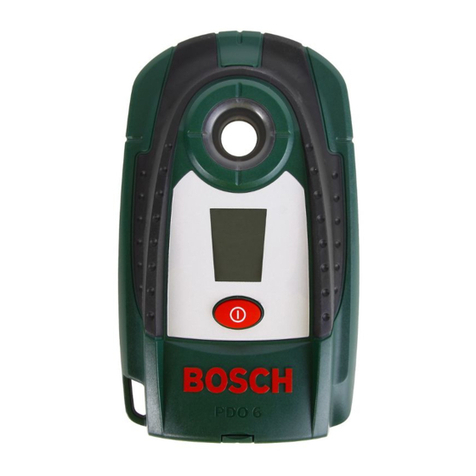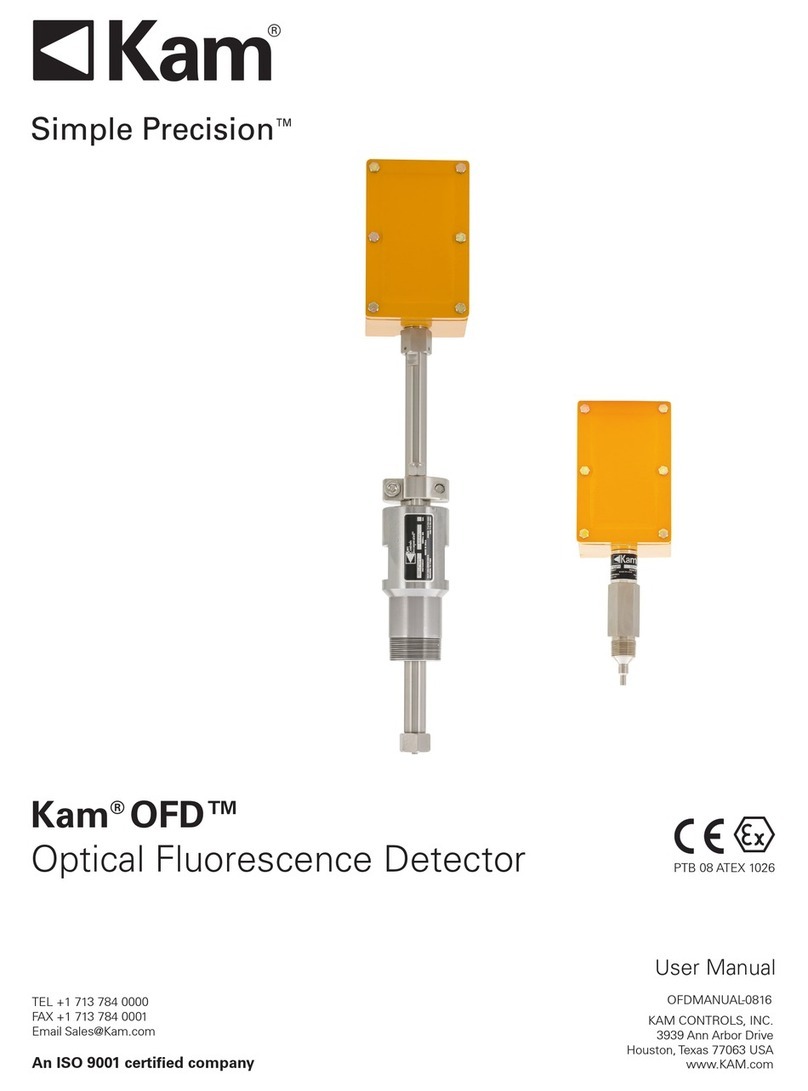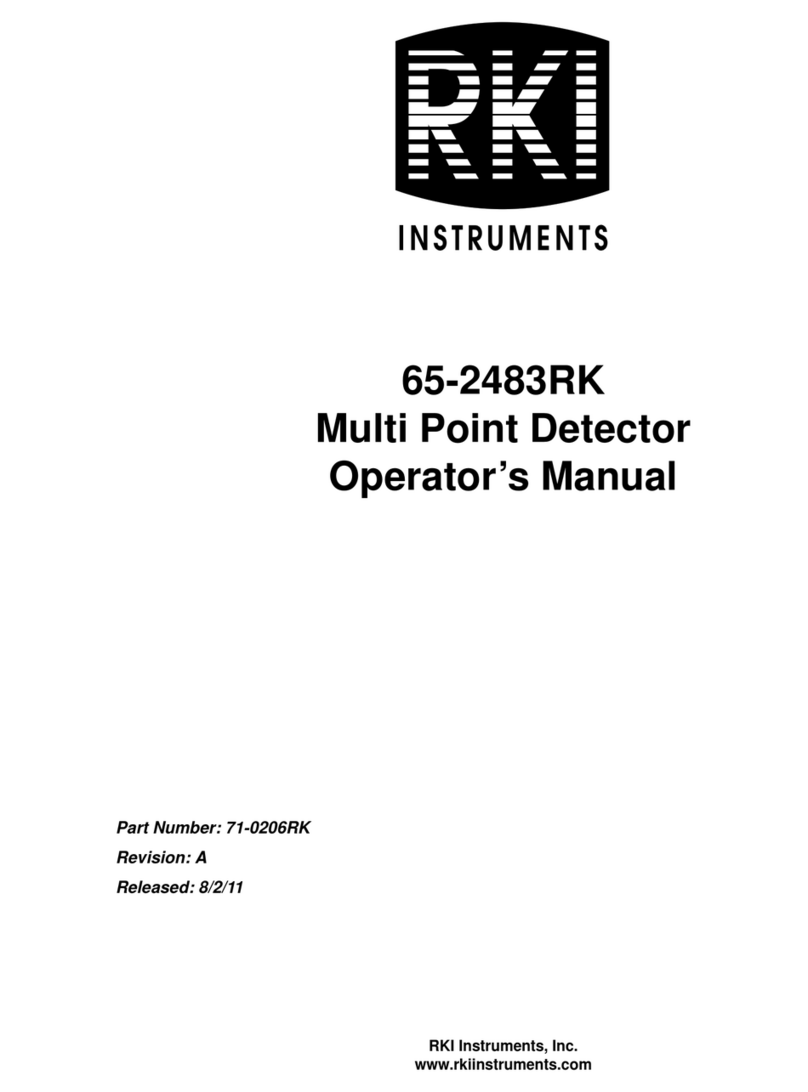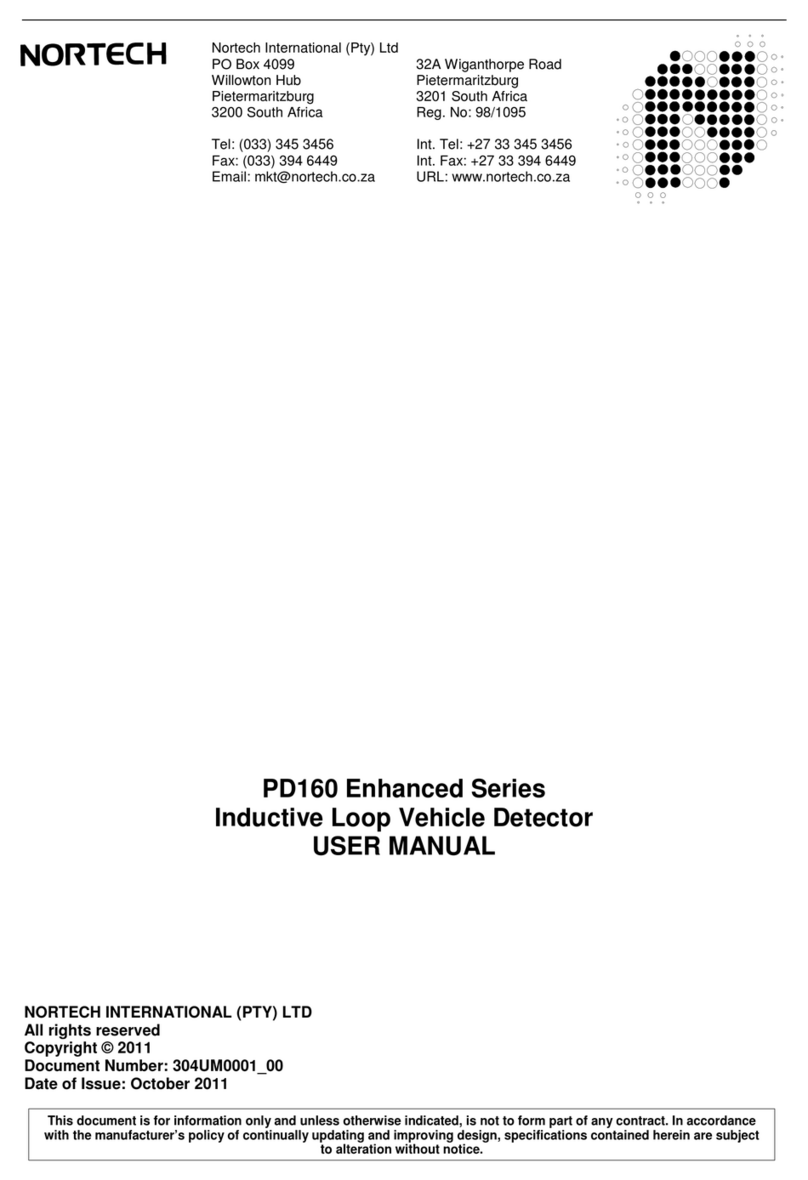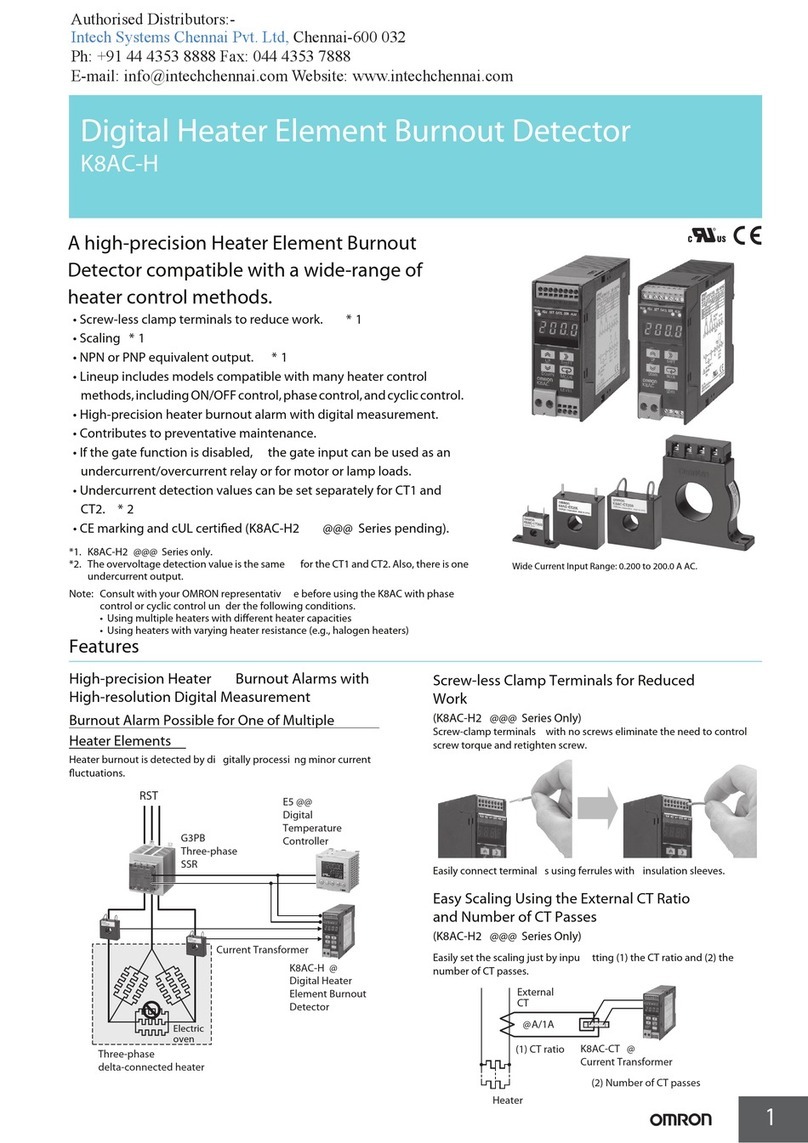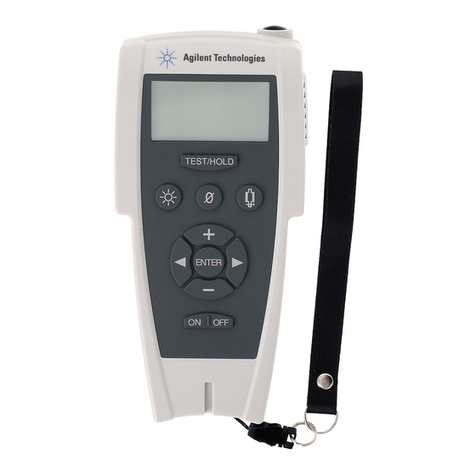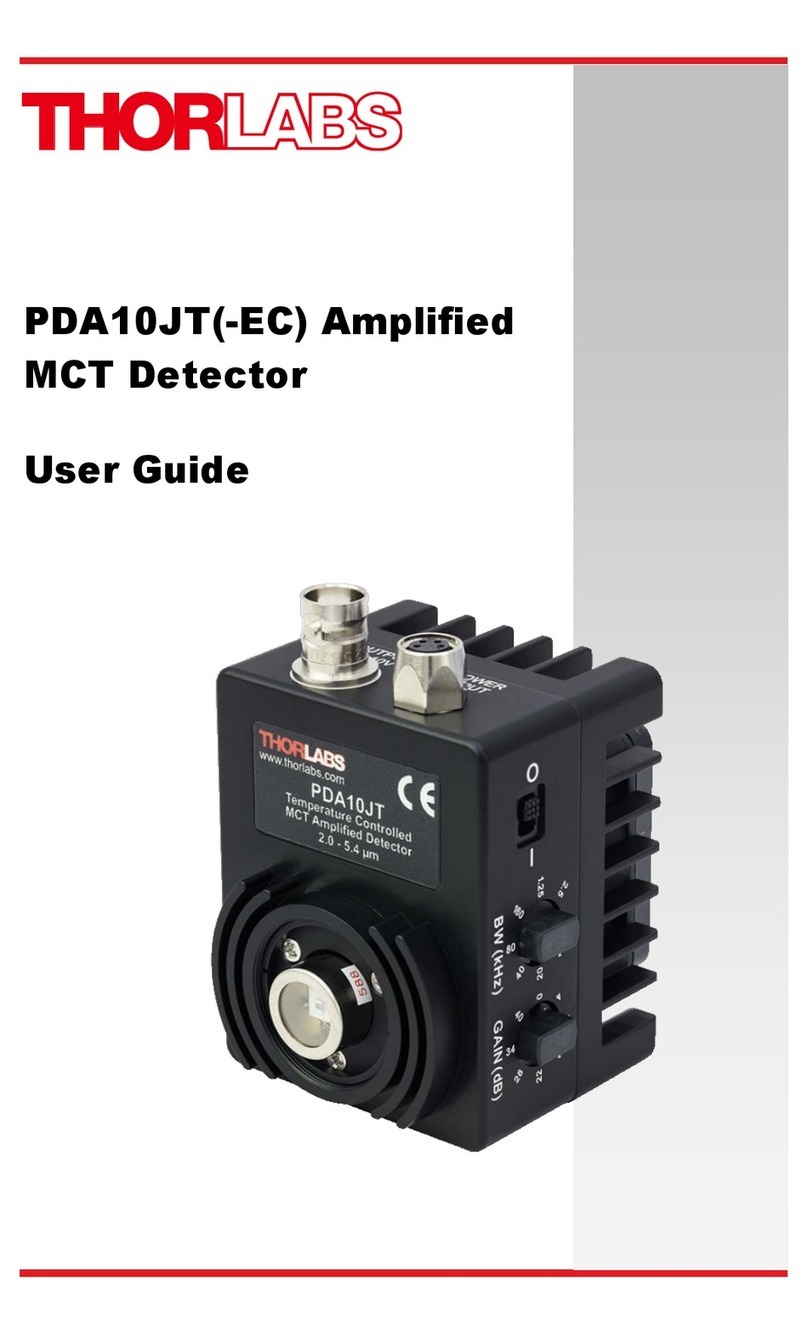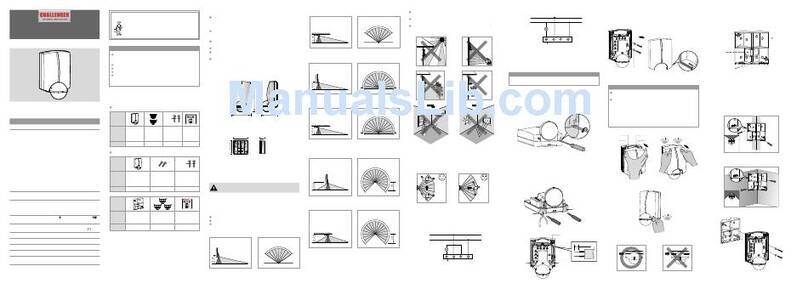
7
OODMANUAL 0720 KAM CONTROLS, INC.
Remove all the protective packaging materials including the protective cap on the tip of the sensor and ensure that the
OOD™ sensor was not damaged during transit.
PRIORTO INSTALLATION
INSERTABLE/RETRACTABLE MODELS INSTALLATION
KAM CONTROLS recommends vertical installations
wherever possible. For horizontal pipelines, we
recommend installing the OOD™ sensor at a 3 or
9 o’clock position to ensure the tip of the probe
remains in the fluid, and to minimize deposits of oil
and dirt in the lens. FIG. 3-3.
A Full-opening Ball Valve is used to isolate the
OOD™ sensor from the pipeline during installation
or removal. The seal housing of the OOD™ sensor
allows the optical probe to be inserted and removed
from the pipe under pressure and flow conditions.
It is the user’s responsibility to ensure that the
OOD™ sensor is installed per the recommendations
of this manual.
1. Lay the OOD™ sensor on the ground or a table.
2. Loosen the Socket Cap Screws, using a 3/8" Allen
wrench on the locking collar. This will allow the
OOD™ shaft to slide through the seal housing.
3. Push the OOD™ back through the seal housing
until the OOD™ probe sits flush with the end of
the seal housing or seal housing flange.
FIG. 3-4 and 3-5. (Remove red protection cap on
the tip of the probe if it has not been removed.)
4. Place a mark with a sharpie or a permanent
marker on the shaft at the edge of the locking
collar. (Do not use anything sharp to mark the
shaft as this will create grooves that will damage
the O-rings in the seal housing.) FIG. 3-4 and 3-5.
FIG. 3-5
INSTALLATION CONTINUED
Locking Collar
Seal Housing
Full-opening
Ball Valve
Socket Cap
Screw
FIG. 3-3 KAM®OOD™ INSTALLED ON A MAIN PIPE
CALCULATINGTHE REQUIRED
INSERTION LENGTH
Prior to mounting the OOD™ sensor on the
Full-opening Ball Valve, you must determine the
insertion length required.
FIG. 3-4
Mark here
Mark here
NOTE: If line pressure exceeds 100 psi, use a
KAM®IT Insertion Tool when installing/removing
the KAM®OOD™ sensor. Failure to do so could
result in damage to the instrument and/or serious
bodily injury.

